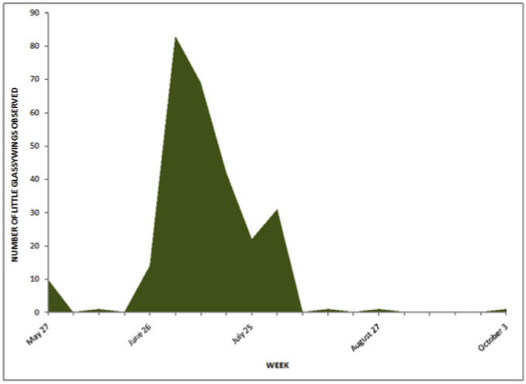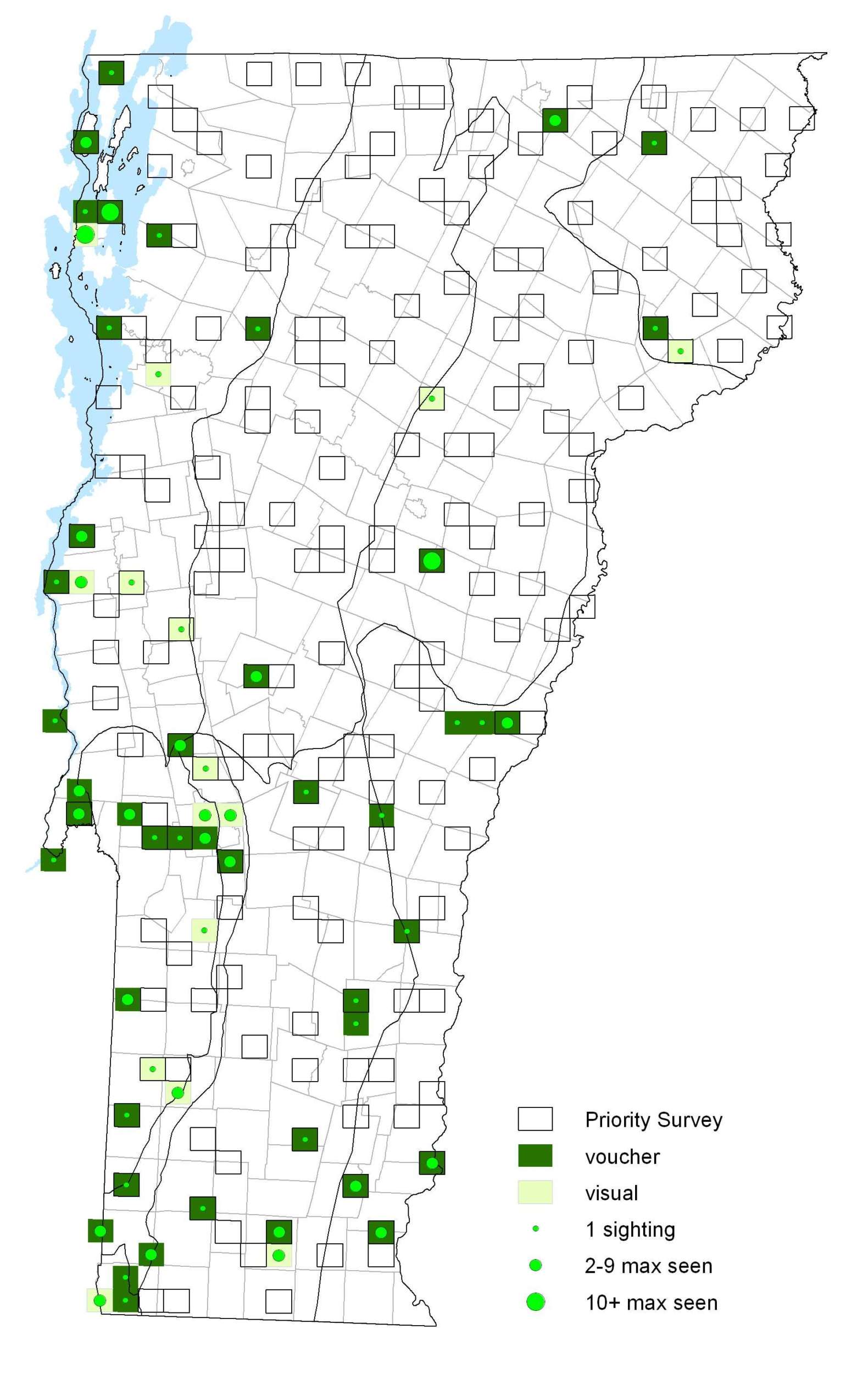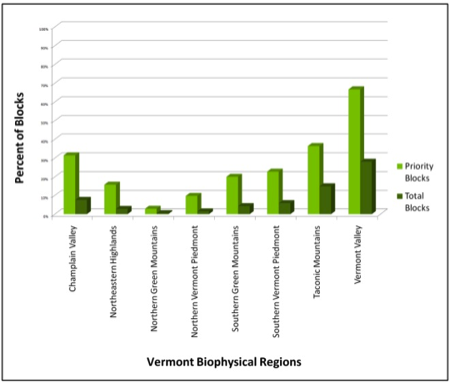|
Resident Conservation Status North American Range |
The sole representative of the genus Pompeius in the Northeast, the Little Glassywing was for years mistakenly classified in the genus Polites. These medium sized skippers are notable for their use of only one hostplant, Purpletop (Tridens flavus). Males perch on low vegetation in sunny clearings to wait for females; courtship usually occurs around noon and both adults are known to nectar throughout the day. This butterfly is both adaptable and widespread throughout the eastern United States. It seems to have undergone a notable change in status over the last century as Scudder (1889) regarded it as “everywhere exceedingly rare”.
Identification
Wings are black or blackish brown. Upperside of male forewing has a large transparent white spot below the end of the black stigma and several other spots above and below it. Female forewing has a transparent square spot at the end of the cell. Underside of both sexes is black, sometimes with a purple sheen, and often has a few distinct pale spots.
Flight
One brood with highest counts in early July during VBS. Extreme dates: 27 May 2005 in Grand Isle (D. Hoag) and 3 October 2003 in Pownal (K. Hemeon).
Distribution and Habitat
Rarely found in the northeastern third of the state during VBS. Found most often in moist fields near woods, but periodically in drier habitats in close proximity to its hostplant, Purpletop. Adults nectar predominantly on Common Milkweed (Asclepias syriaca) and Dogbane (Apocynum).







